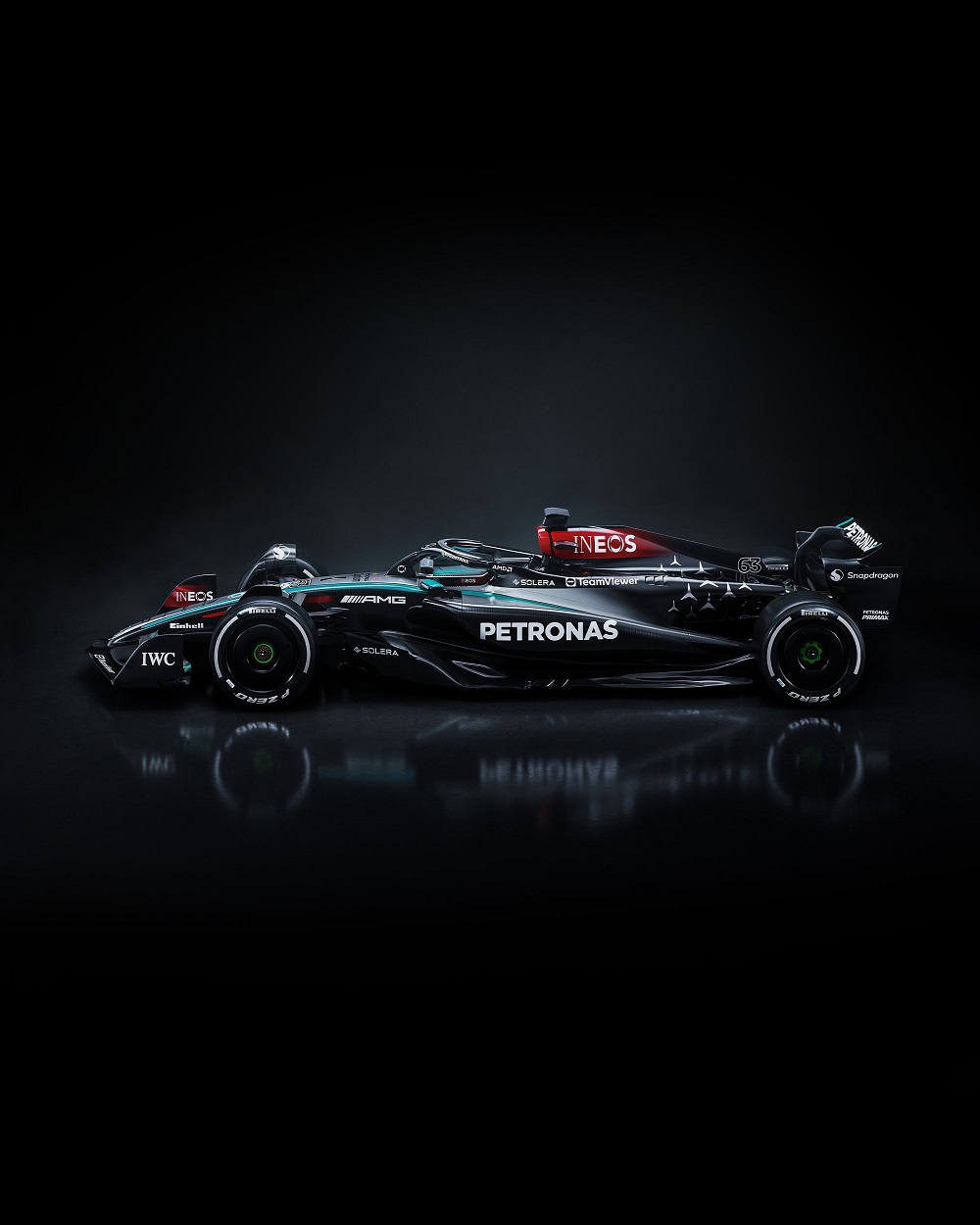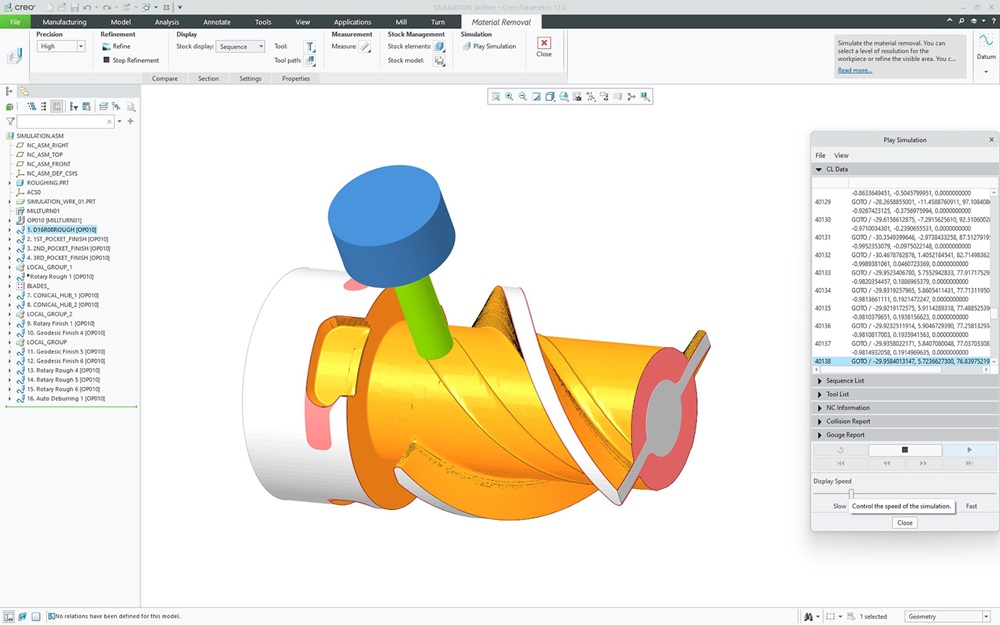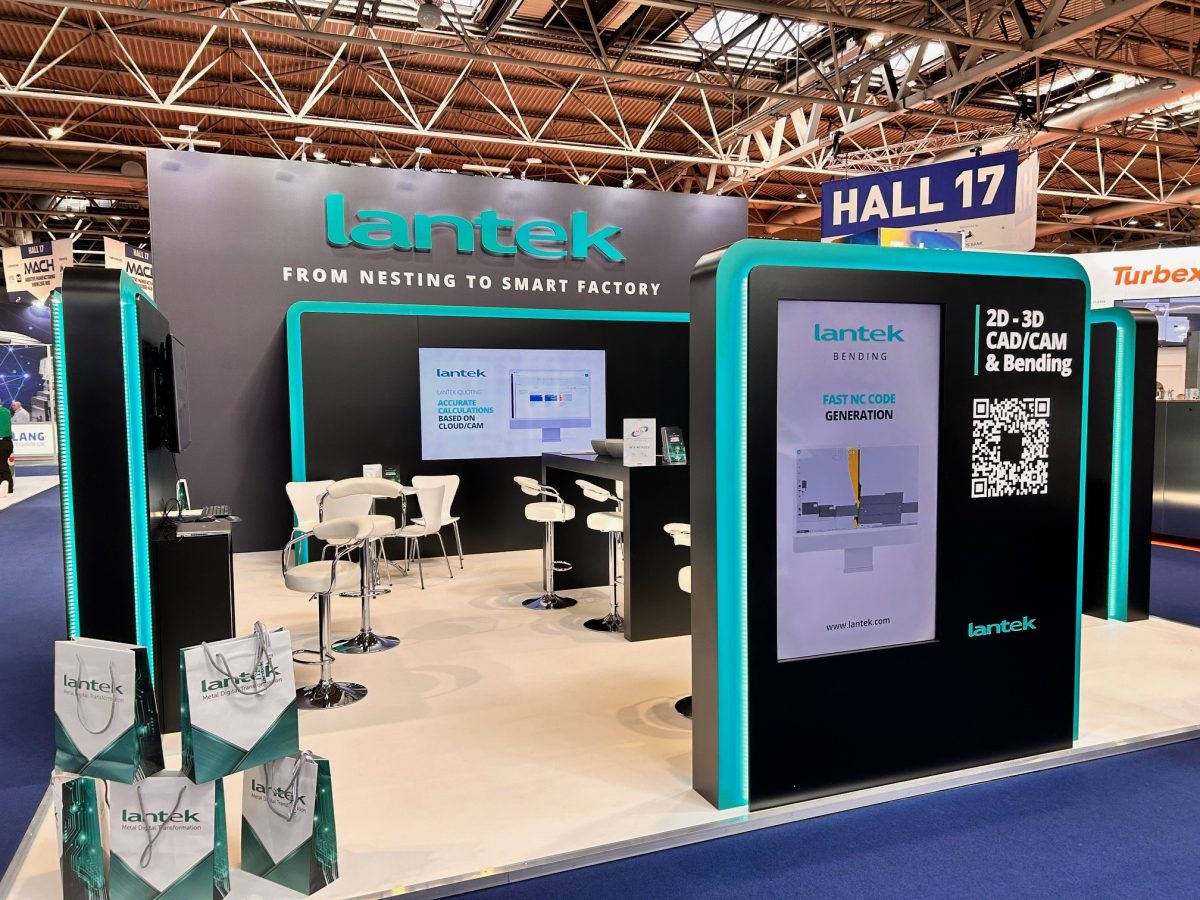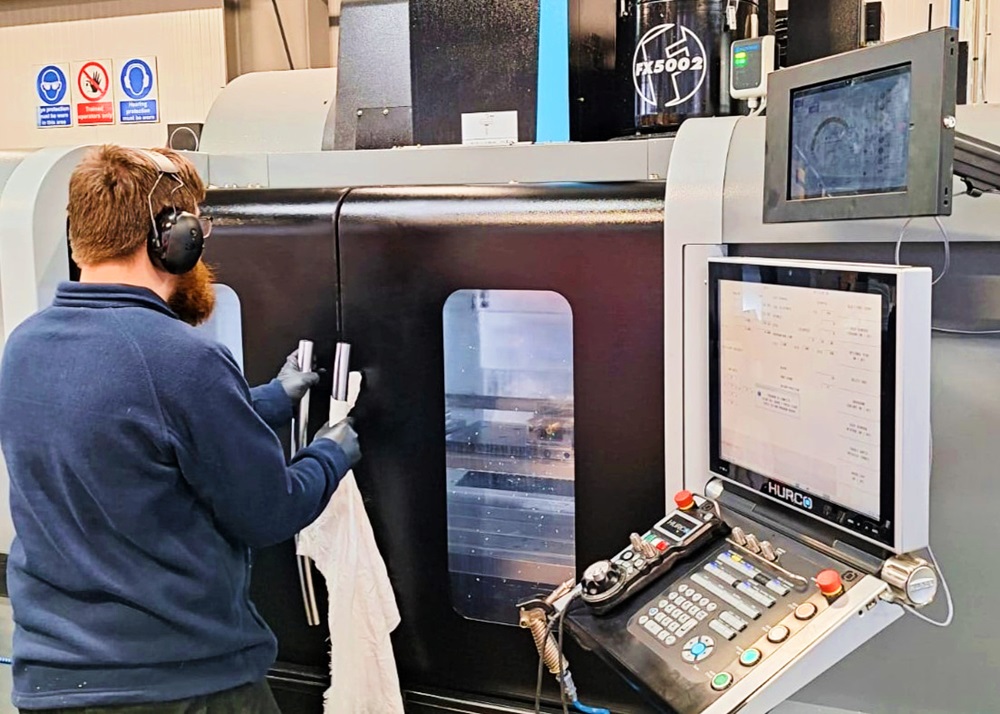Long before a racing season concludes, the Mercedes-AMG Petronas Formula 1 team is
already thinking about improvements to the following year’s car. This complex process sees
the majority of car components redesigned. In production, the team relies heavily on
Vericut verification, simulation and optimisation software from CGTech, a core production
engineering resource at Mercedes-AMG Petronas Formula 1 team for over two decades.
Robert Brown, machine shop manager at Mercedes-AMG Petronas Formula 1 team, says:
“It’s changed the nature of how we work. Now, as soon as a decision is taken to carry over a
component type, we can use some of our spare ‘summer capacity’ to manufacture the carry
over, meaning we can focus on redesigned performance parts when they start arriving in
time for the following season.”
Production engineer James Peddle explains some of the major benefits: “To ascertain the
time required for the machining element of making a component, we simply use the output
time calculated by Vericut. The machine kinematics in Vericut’s virtual environment are such
that we’re confident the time reported will match the real run time.”
Today, producing complex redesigned components economically and safely is seemingly
unthinkable without the help of Vericut.
“Primarily it would be unsafe and massively labour intensive,” states Brown. “I think the
days are gone when you can just read the X, Y, Z co-ordinates of the G and M codes on the
screen – not with the complexity of parts today. At peak times, one operator will be
responsible for multiple machines, running brand new CNC code. Ensuring the machines run
safely without using Vericut? Forget it.”
For more information www.cgtech.co.uk



















